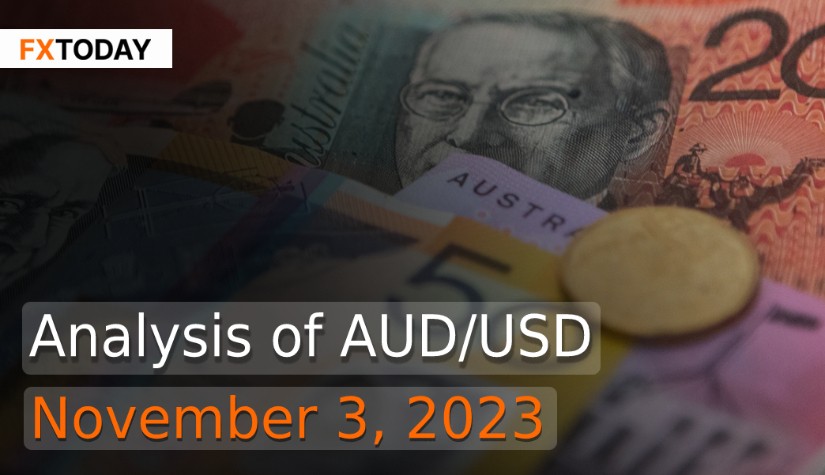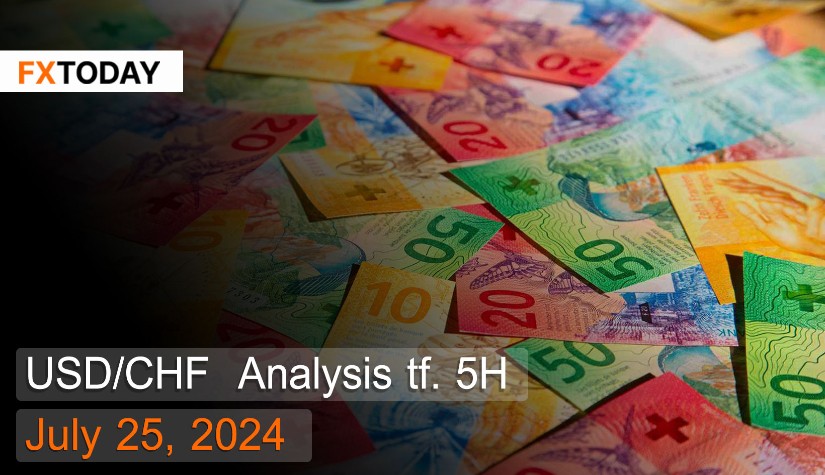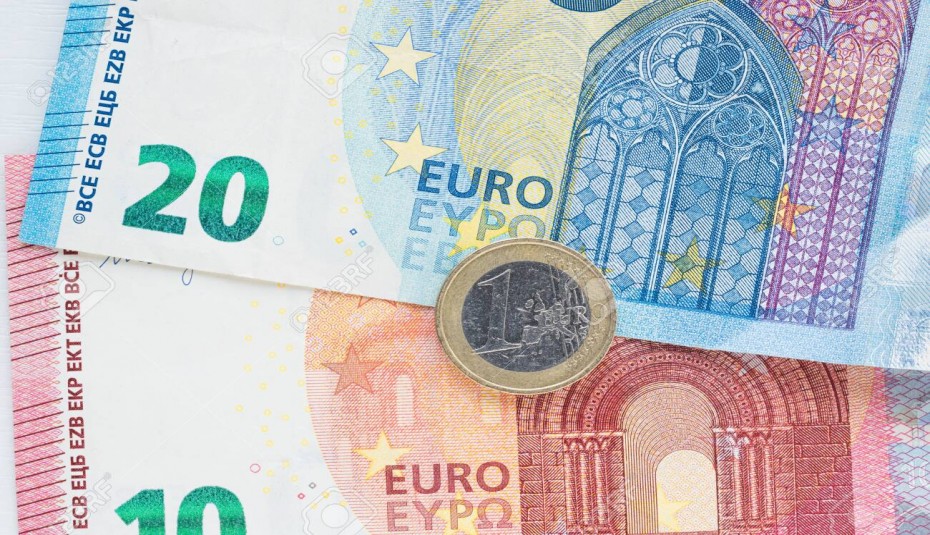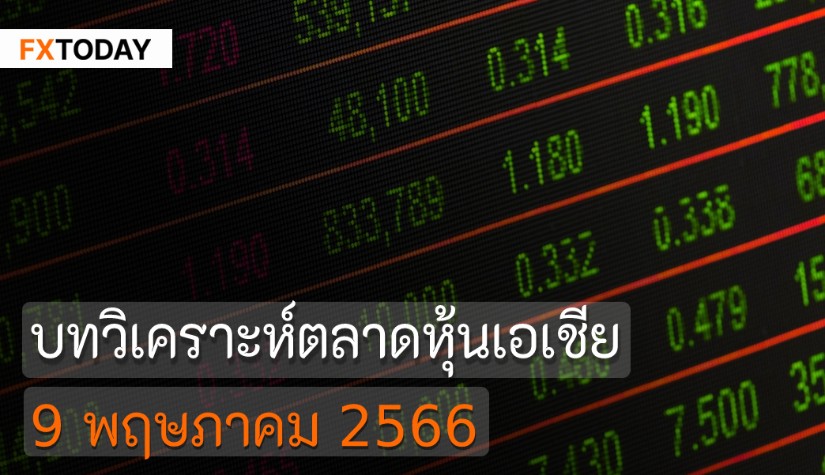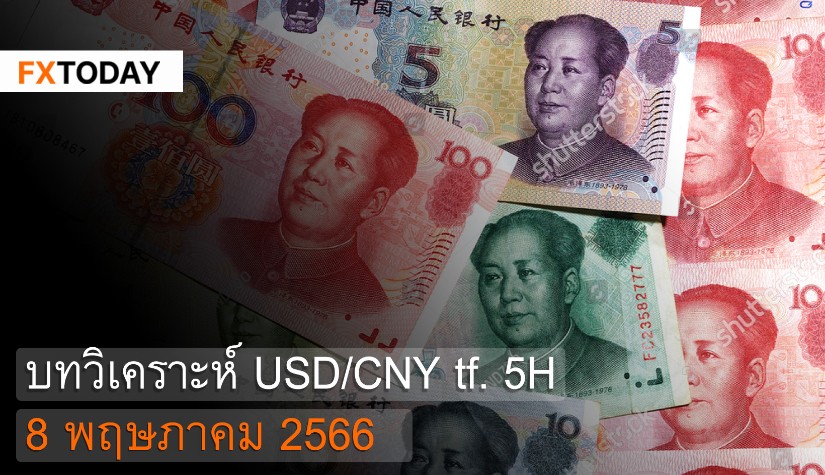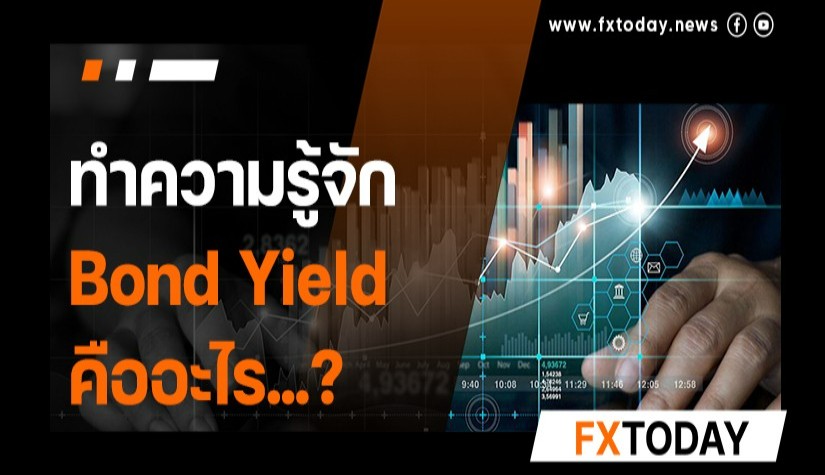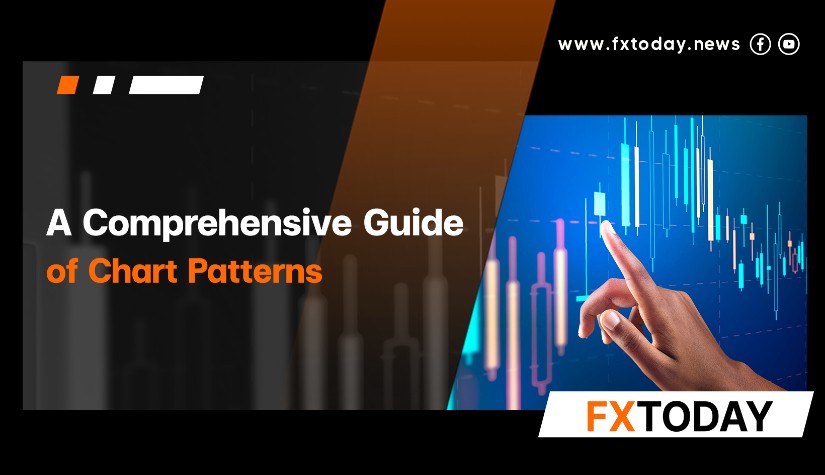Strong Australian Dollar Surge Amidst Rate Hike Expectations
The Australian dollar saw significant gains, rising by 0.54%. The rise in the Australian dollar reflects growing expectations of a rate hike by the Reserve Bank of Australia (RBA). Recent data showed a rebound in house prices, nearing record highs, and the International Monetary Fund (IMF) recommended tightening monetary and fiscal policies to curb inflation.
The IMF, along with market economists, is urging the RBA to increase interest rates to combat stubborn inflation and surging home prices. The IMF anticipates a delay in Australia's inflation reaching the 3% target until early 2026, which is beyond the RBA's late-2025 target. Despite the RBA's prior monetary policy adjustments and fiscal consolidation efforts, the IMF's staff recommends further tightening to ensure that inflation returns to the target range by 2025 and to prevent the de-anchoring of inflation expectations.
The RBA has raised rates by 400 basis points in the past year to an 11-year high of 4.1%. However, they have paused their rate hikes for four months to maintain strong job gains. Nevertheless, with inflation remaining high, consumer resilience, and housing prices on the rise, the low housing supply is a concern. Housing prices are increasing again, affecting affordability and causing rents to rise rapidly. As a result, a majority of economists and markets anticipate another rate hike from the RBA as soon as next week. The RBA's current forecast for inflation to return to the 2-3% target band in late 2025 lags behind other major economies.
The IMF's mission chief, Abdoul Wane, warns that further hikes may be necessary if the government does not postpone large infrastructure projects. The IMF believes that Australia's economy is operating 'above capacity' with persistent inflation, low unemployment, and rising house prices. The IMF also emphasizes the need for coordinated monetary and fiscal policies to combat inflation and suggests a moderated pace of public investment projects.
The new RBA Governor, Michele Bullock, has hinted at a possible 13th rate hike if inflation remains high, potentially pushing the cash rate to 4.35%. Money markets are currently predicting a 70% chance of a rate increase to 4.35% on November 7.
Australia's trade surplus narrowed to a two-year low in September, primarily due to a decline in metal exports and a surge in imports. The increase in imports, especially in capital goods and recreational items, indicates resilient consumer and business spending despite higher interest rates and challenging economic conditions. Exports fell by 1.4% from the previous month, with shipments of metals and non-monetary gold declining. Weak demand in China, which is Australia's major export destination, contributed to this decline, along with weaker commodity prices.
Australian retail sales in September grew at the fastest pace in eight months, suggesting ongoing strength in consumer spending, which strengthens the case for an interest rate hike. The outlook for the Australian economy implies that additional interest rate increases might exert pressure on retail spending and cool the job market.
In contrast, the U.S. Federal Reserve has left interest rates unchanged. The FOMC recognized robust Q3 economic growth but noted a moderation in job gains. It affirmed the resilience of the US banking system while cautioning about the impact of tightened financial conditions on economic activity, hiring, and labeled September's 3.7% inflation rate as elevated.
The number of Americans filing new unemployment claims increased moderately, though it remains uncertain whether this represents a significant change in the underlying trend. Some economists attribute the increase to difficulties in adjusting data for seasonal fluctuations, while others see it as a sign of prolonged unemployment for laid-off workers.
Meanwhile, new orders for U.S.-made goods increased in September, driven by strong demand for computers and electronic products, despite the challenge of higher borrowing costs for the manufacturing sector.
The possibility of no further interest rate hikes by the Fed has boosted risk appetite, leading to increased investment in equities and high-yielding assets. Hence, it might lead to the Australian dollar, even though it's currently affected by the significant interest rate gap between the two nations, having the potential to adapt and possibly make a modest upward shift into the higher range.
Data for Technical Analysis (1H) CFD AUD/USD
Resistance : 0.6437, 0.6439, 0.6443
Support : 0.6429, 0.6427, 0.6423
1H Outlook
Source: Investing.com
Buy/Long 1 If the support at the price range 0.6419 - 0.6429 is touched, but the support at 0.6429 cannot be broken, the TP may be set around 0.6438 and the SL around 0.6414, or up to the risk appetite.
Buy/Long 2 If the resistance can be broken at the price range of 0.6437 - 0.6447, TP may be set around 0.6447 and SL around 0.6424, or up to the risk appetite.
Sell/Short 1 If the resistance at the price range 0.6437 - 0.6447 is touched, but the resistance at 0.6437 cannot be broken, the TP may be set around 0.6427 and the SL around 0.6452, or up to the risk appetite.
Sell/Short 2 If the support can be broken at the price range of 0.6419 - 0.6429, TP may be set around 0.6414 and SL around 0.6442, or up to the risk appetite.
Pivot Points Nov 03, 2023 03:22AM GMT
| Name | S3 | S2 | S1 | Pivot Points | R1 | R2 | R3 |
|---|---|---|---|---|---|---|---|
| Classic | 0.6417 | 0.6423 | 0.6427 | 0.6433 | 0.6438 | 0.6443 | 0.6448 |
| Fibonacci | 0.6423 | 0.6427 | 0.6429 | 0.6433 | 0.6437 | 0.6439 | 0.6443 |
| Camarilla | 0.6430 | 0.6431 | 0.6432 | 0.6433 | 0.6433 | 0.6434 | 0.6435 |
| Woodie's | 0.6417 | 0.6423 | 0.6427 | 0.6433 | 0.6438 | 0.6443 | 0.6448 |
| DeMark's | - | - | 0.6431 | 0.6435 | 0.6441 | - | - |
Sources: Investing 1, Investing 2
Maximize your knowledge: Blog

